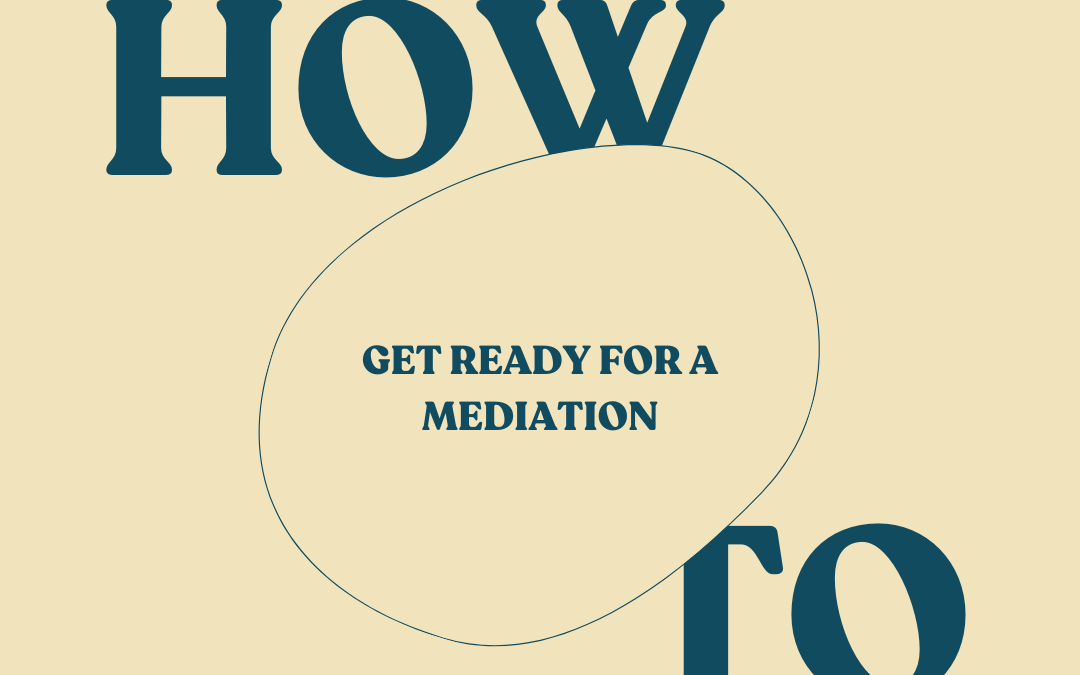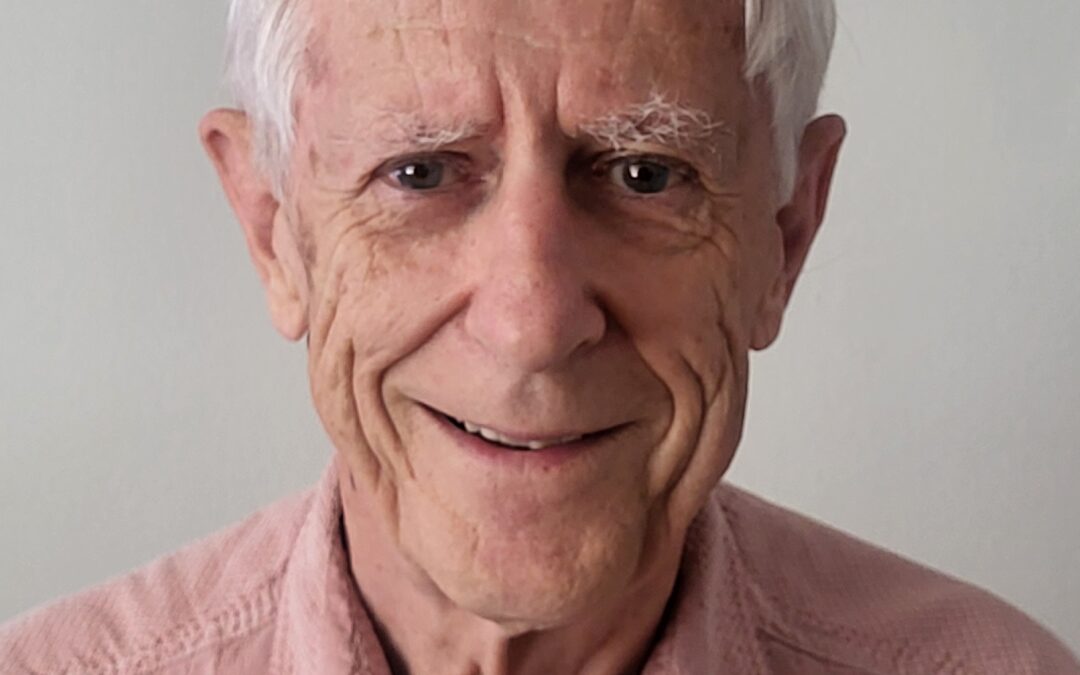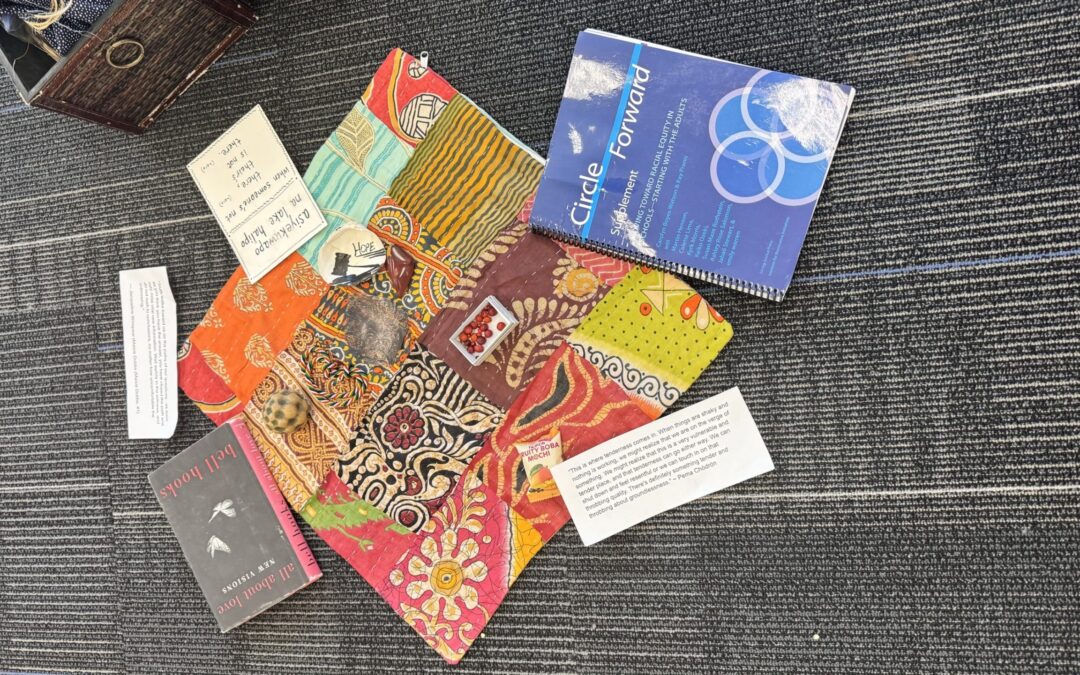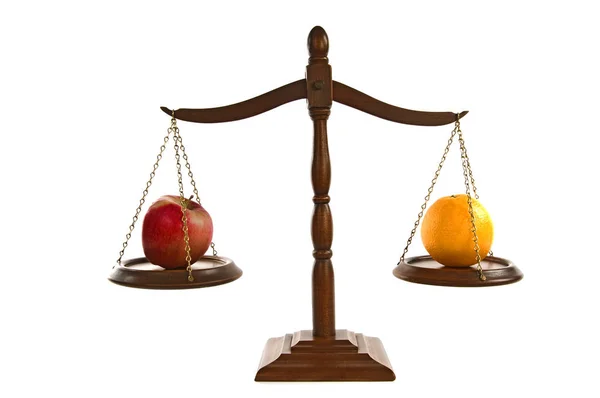
by Meg S | Aug 28, 2024
Mediation is a great way to resolve conflicts without going to court. Whether you’re dealing with a workplace issue, a family disagreement, a housing conflict, or a business dispute, being prepared can make all the difference. Here’s how you can get ready for your mediation session.
Mediation is a process where a neutral person (the mediator) helps both sides talk things through and find a solution. The mediator won’t decide who’s right or wrong—they’re there to help you communicate and come to an agreement (if you so choose).
2. Set Your Goals
Think about what you really want out of this mediation. What’s most important to you? Knowing your goals will help you stay focused during the session.
3. Gather Your Documents
Get all the paperwork that relates to the dispute—contracts, emails, receipts, whatever might help your case. Have it organized and ready to go.
4. Understand Your Rights
Make sure you know your rights and any legal responsibilities related to the issue. If you’re unsure, consider talking to a lawyer before the session so you’re not caught off guard.
5. Be Ready to Listen and Talk
Mediation is about communication, so be ready to listen to the other side and clearly explain your own views. Keep calm and respectful, even when things get tense.
6. Think About Compromise
Mediation usually involves some give-and-take. Think about what you might be willing to compromise on to reach a solution that works for both sides.
7. Keep Emotions in Check
It’s natural to feel emotional but try to stay calm and collected during the session. If things get heated, take a deep breath before responding.
8. Talk to Your Mediator
If you’re unsure about how the process works, don’t hesitate to ask your mediator. Knowing what to expect can help ease any nerves.
9. Visualize a Win-Win Outcome
Imagine leaving the session with a solution that feels good to everyone involved. A positive mindset can help you stay focused on finding a resolution.
10. Plan for the Next Steps
Think about what you’ll do after the mediation. How will you put the agreement into action? Planning ahead can help make sure the solution sticks.
In a Nutshell
Being prepared for mediation means understanding the process, knowing what you want, and being open to finding a middle ground. With these tips, you’ll be ready to approach your session with confidence and work toward a positive outcome.
Schedule a mediation now?

by Meg S | Aug 16, 2024
In a world that is increasingly diverse, effective conflict resolution must honor and reflect the unique cultural contexts of our communities. This understanding drove us to design Conflict Resolution for Everyone (CoRE™), a program rooted in cultural relevance and inclusivity. Here’s how we’re working to make conflict resolution more accessible, effective, and diverse.
Empowering Communities to Resolve Conflicts
Our first goal is to equip individuals with culturally relevant skills to manage conflicts in their communities. We believe everyone can resolve disputes, and our training enhances these skills for independent conflict resolution. We also support community leaders, such as elders, to be even more effective.
Training Mediators with Cultural Awareness
We train mediators to offer conflict resolution services that are culturally inclusive. Traditional mediation often reflects a white, Eurocentric perspective, which doesn’t always meet the needs of diverse communities. Our program shifts this focus, providing mediators with tools to approach conflict resolution through a culturally diverse lens, addressing biases, and ensuring meaningful participation.
Increasing Diversity in Conflict Resolution
Our goal is to increase diversity among conflict resolution professionals. We make our training accessible to minority communities and ensure certification standards are clear and fair. We need more mediators who reflect the diversity of our society, and we’re committed to making that happen.
A Thoughtful and Inclusive Design Process
We didn’t develop CoRE™ in isolation. We started with listening sessions across communities to understand their norms around communication, conflict resolution, and learning. Using this input, we crafted and tested our curriculum to meet their needs. We continuously improve our program with feedback from every session.
Committed to Inclusivity and Impact
CoRE™ is more than training; it’s a commitment to fostering conflict resolution that respects and uplifts every community’s cultural strengths. We’re excited to continue this journey with you, sharing our progress as we work together toward a more inclusive future.
Funding
Last but not least, CoRE™ was originally funded by a proviso put forward by representative Jamila Taylor in the 30th legislative district. We’re so thankful for this funding and also grateful for the work that King County Council member, Claudia Balducci, and her staff did to help us receive funding to make CoRE™ available for everyone in King County.

by Meg S | Jul 19, 2024
Ross Geoghegan, a retired mathematics professor from Binghamton, New York, found himself drawn into the world of conflict resolution and mediation, and eventually practicing in King County. His journey began long before, as a seasoned educator at the State University of New York, where he taught and chaired the mathematics department before retiring.
“I was sliding towards retirement,” he chuckled, reflecting on his transition. “I knew about dispute resolution from a friend back in Binghamton.”

Ross Geoghegan
In 2019, Ross underwent training with Accord, Binghamton’s own dispute resolution center, where he learned the ropes of mediation. Initially handling cases involving custody and small claims, his role evolved with the pandemic’s onset, pushing proceedings online. Courts increasingly required mediation before legal battles, a shift Ross embraced cautiously, aware of the emotional stakes involved.
“When Covid hit, everything went online,” he noted. “I focused mostly on family cases, trying to find common ground in difficult situations.”
Moving to Seattle in the fall of 2021 to be closer to his grandchildren, Ross eagerly sought out opportunities at The Dispute Resolution Center of King County (KCDRC). He joined our eviction mediation program under the ERPP initiative, aimed at preventing eviction amidst economic turmoil.
“One case that stands out,” he shared thoughtfully, “was an older woman facing eviction… and it was heartbreaking.”
Through mediation, Ross sought not just conflict resolutions but also emotional support for vulnerable tenants like the older woman. His efforts under ERPP were impactful until legislative changes ended the program in mid-2023, prompting a shift to VISTA, a voluntary mediation initiative for landlord-tenant conflicts created by KCDRC.
“VISTA has been a bit slower,” he admitted. “Many landlords aren’t keen on mediation unless it’s mandated. I would describe ERPP as eviction mediation, and VISTA as tenant-landlord mediation. The cases I’ve had in VISTA, there have been one or two that have involved avoiding eviction, but most of them are disputes between landlord and tenant, where the tenant is not in danger of eviction, but each is angry with the other, or one is angry with the other over something.”
Beyond mediation, Ross remains active in research mathematics, collaborating both nationally and internationally, while cherishing time with his grandchildren- the primary reason for his move to Seattle.
“I’m grateful for the opportunity to be close to family,” he remarked warmly. “It’s been a fulfilling chapter.”
Looking ahead, Ross contemplates further contributions to mediation, considering small claims as a potential next step. His journey underscores the transformative impact of mediation in resolving disputes with empathy and understanding. Ultimately, his dedication to mediation stands as a testament to the power of compassionate conflict resolution in building stronger communities. KCDRC feels incredible lucky to have such passionate and dedicated volunteers, Ross being a primary example.
——————————————————————————————————————————————————————————-
This article was originally posted in the KCDRC
newsletter.

by Meg S | Jul 9, 2024
Bridging Differences
In a world that is increasingly interconnected, navigating the cultural divide is more pertinent than ever, especially when it comes to conflict resolution. Cultural differences can significantly influence how conflicts arise, escalate, and ultimately, how they can be resolved. Understanding these differences is crucial in our everyday interactions, whether in the workplace, within communities, or even among friends and family.
Every culture has its own set of values, norms, and communication styles. These differences can lead to misunderstandings and conflicts when people from diverse backgrounds interact. For instance, what might be considered assertive communication in one culture could be seen as confrontational in another. Similarly, approaches to hierarchy, decision-making, and expressing emotions can vary widely across cultures.
Key Principles for Effective Conflict Resolution
- Cultural Awareness and Sensitivity: The first step in resolving conflicts across cultural divides is to develop awareness and sensitivity to cultural differences. This involves recognizing that what may seem logical or appropriate from one cultural perspective might not be viewed the same way by others. Taking the time to learn about different cultural norms and practices can prevent misunderstandings and foster mutual respect.
- Open Communication: Clear and open communication is essential in any conflict resolution process, but it becomes even more crucial across cultural boundaries. It’s important to encourage all parties to express their viewpoints and concerns openly while being mindful of cultural nuances in communication styles. Active listening and paraphrasing to ensure understanding can bridge gaps that language barriers or cultural differences may create.
- Respect and Empathy: Showing respect for cultural differences and demonstrating empathy for the perspectives of others are fundamental to successful conflict resolution. Acknowledging the validity of diverse viewpoints and demonstrating a willingness to compromise or find common ground can build trust and facilitate cooperation.
- Mediation and Facilitation: In more complex or entrenched conflicts, involving a neutral mediator who is culturally competent can be highly effective. A mediator can help parties understand each other’s positions, facilitate dialogue, and guide them towards mutually acceptable solutions.
- Focus on Shared Goals and Values: Finding common goals or values that transcend cultural differences can provide a foundation for resolution. Emphasizing shared interests encourages collaboration and helps shift the focus from differences to areas of agreement.
Case Studies in Successful Conflict Resolution
Throughout history and in contemporary times, there are numerous examples of successful conflict resolution across cultural divides:
- International Diplomacy: Treaties and agreements negotiated between nations with vastly different cultural backgrounds, such as the Paris Climate Agreement, demonstrate how shared global goals can overcome cultural differences.
- Community Initiatives: Local community mediation programs that bring together people from diverse cultural backgrounds to resolve disputes. These can be over resources, land, or community issues and often succeed by fostering understanding and cooperation.
The Future of Conflict Resolution
As our world continues to globalize and societies become more multicultural, the ability to navigate and resolve conflicts across cultural divides will only grow in importance. Education, both formal and informal, plays a crucial role in preparing individuals and organizations to handle cultural diversity effectively. While conflict across cultural divides presents challenges, it also offers opportunities for growth, understanding, and building stronger relationships. By embracing cultural diversity, practicing empathy, and employing effective communication strategies, we can foster a more harmonious and inclusive global community.
Understanding that conflict is not inherently negative but an opportunity for learning and growth is key to achieving lasting resolutions that respect the dignity and values of all parties involved. Let’s embrace our differences and work together towards a more peaceful and interconnected world.

by Meg S | Jun 18, 2024
Since 2018, KCDRC has brought peer mediation and restorative practices to Showalter Middle School and Foster High School. While many exciting happenings occurred in the 2023-2024 school year, the facilitation of “circles” stands out amongst them as a new and invigorating experience.
After talking to several staff members and participating regularly in the community, Fergie (KCDRC Youth Development Coordinator) and others began hearing more and more stories of conflict happening in spaces where it hadn’t occurred before. Most notably, in the multicultural learner space due to language and cultural differences, as well as a lack of resources for students. After hearing these stories, all parties involved felt compelled to take action and the concept of “circles” as an alternative conflict resolution arose.
Sharing circles have been a staple of Indigenous cultures for centuries, providing a space for individuals to come together, share their experiences, and connect with each other. Circle training, already familiar to some staff members, offers a holistic approach to conflict resolution, empowering staff members to facilitate meaningful dialogue and ultimately, bring back this training to utilize in their classrooms with students.
After a 3-month planning period, the circle practices training took place. Fergie, KCDRC Youth Development Coordinator, remembers the overwhelming feeling of gratitude from everyone involved. Staff at both Foster High School and Showalter Middle school are looking forward to utilizing this practice in their classrooms. KCDRC is looking forward to more training in the future!
Finally, a big thank you to Huayruro for their partnership and support on this training. In the realm of community building, partnerships often serve as the cornerstone for impactful change. Such is the case with Huayruro, a partnership that embodies generosity, dedication, and a shared commitment to addressing community conflicts.
(This article was originally shared via our newsletter, sign up here.)

by Meg S | Jun 5, 2024
In the world of conflict resolution, there are often more paths than just heading straight to court. Two popular alternatives are mediation and arbitration, each with its own unique approach and benefits. Let’s dive into the world of alternative dispute resolution and shed light on the differences between these two methods.
Understanding Mediation
Mediation is similar to a facilitated negotiation where a neutral third party, the mediator, helps disputing parties communicate and collaborate to reach a mutually acceptable solution. Unlike arbitration, where a decision is imposed, mediation empowers parties to craft their own resolution. The process is flexible and confidential and helps parties find common ground, communicate more effectively, and explore creative solutions. Mediation can be used for a variety of conflicts, especially when the parties wish to maintain ongoing interactions.
Understanding Arbitration
In contrast, arbitration is more formal and resembles a mini-courtroom scenario. Parties present their cases to an arbitrator or panel of arbitrators, who then makes a binding decision. Arbitration offers a more formalized process compared to mediation and is commonly used in commercial disputes, labor conflicts, and contractual disagreements. Arbitration is favored for its efficiency, as it typically proceeds faster than litigation, and its outcomes are legally binding. Additionally, parties have the autonomy to select an arbitrator with expertise relevant to their dispute, ensuring a fair and informed decision.
Key Differences: A Closer Look
-
- Outcome, binding vs. non-binding: Mediation results in a voluntary agreement crafted by the parties, while arbitration culminates in a binding decision made by the arbitrator.
- Process: Mediation is a flexible and more informal process while arbitration is a more formalized and standardized procedure.
- Cost and Time: Mediation often requires less time and expense compared to litigation or arbitration.
Choosing the Right Path
By exploring the intricacies of both mediation and arbitration, parties can make informed decisions that lead to timely and satisfactory resolutions. In your quest for resolution, remember that you’re not alone—qualified professionals are available to guide you through either option. Whether you choose to negotiate at the table or present your case in a hearing, the path to resolution is within reach.
Choose wisely, communicate openly, and embrace the power of alternative dispute resolution.
Your journey towards resolution starts here.
Considering Mediation?








